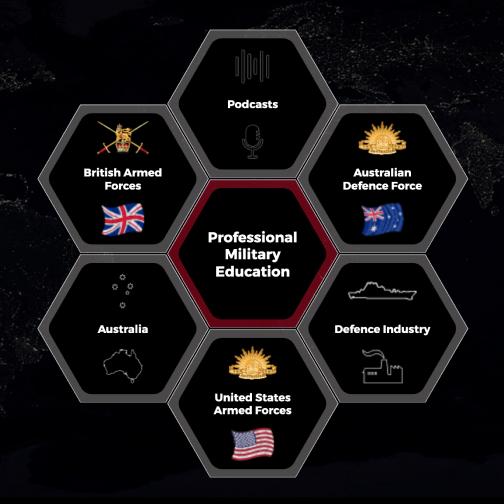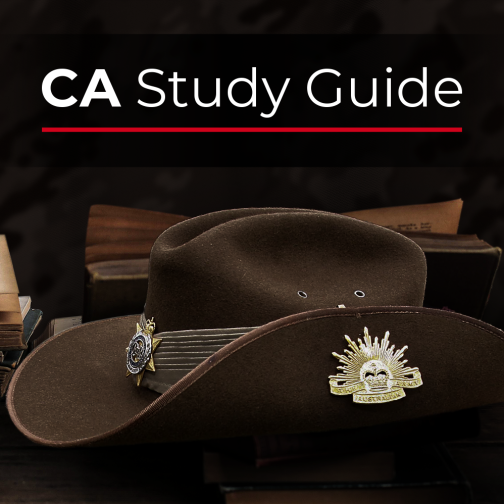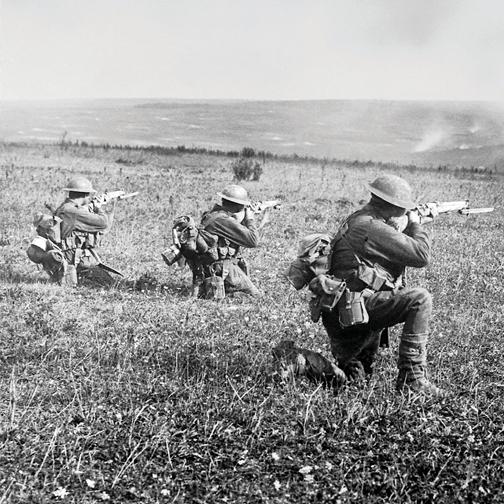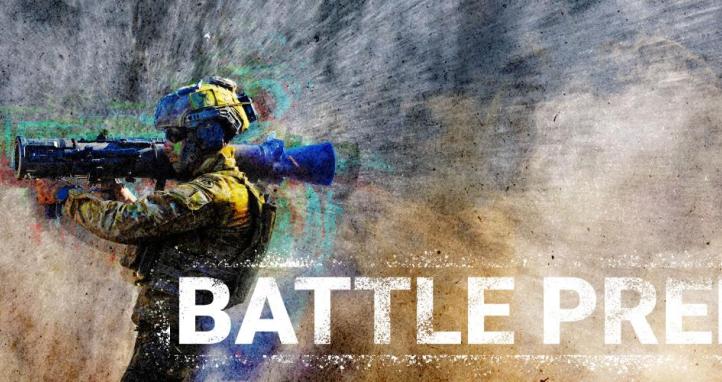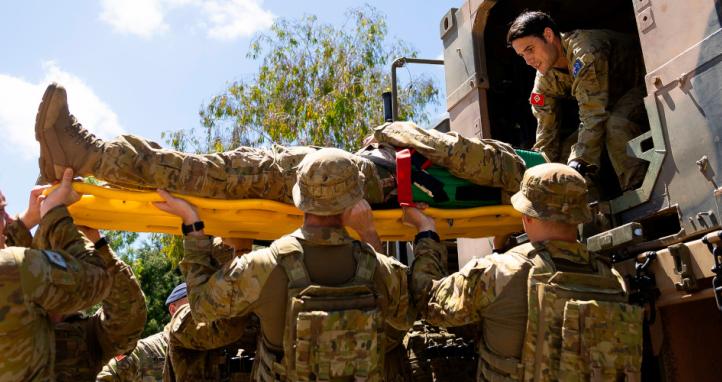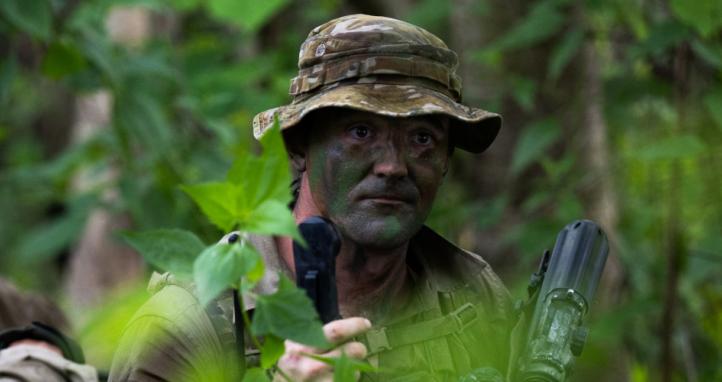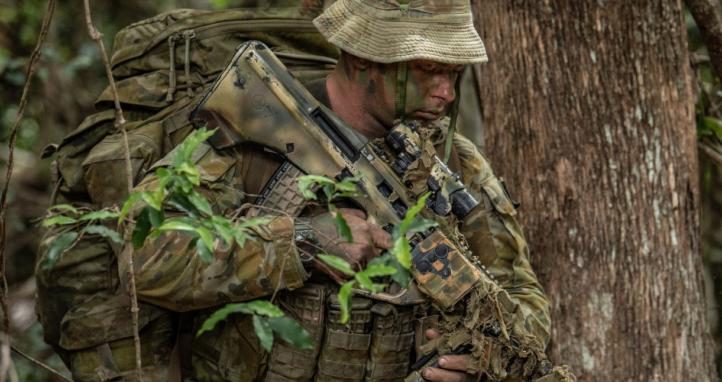Major Peter John Badcoe, VC (1934-1967, 33yo)

Peter Badcoe grew up in Adelaide with a clear ambition to serve in the military. He pursued this goal by entering the Officer Cadet School at Portsea, Victoria, in 1952 and was commissioned into the Australian Staff Corps as a Second Lieutenant in December of that year.
Initially serving with the Royal Regiment of Australian Artillery, Badcoe held a variety of regimental and staff appointments up until 1965. He then transferred to the Royal Australian Infantry Corps and, in August 1966, joined the Australian Army Training Team Vietnam. Assigned as Sector Operations Officer in Thua Thien Province, he became known for his relentless energy, earning the nickname "the Galloping Major."
From 23 February to 7 April 1967, Badcoe distinguished himself through a series of courageous actions. He crossed open ground under fire, rescued a wounded American adviser, seized an enemy machine-gun, and led offensive actions that inspired troops under pressure. During one such engagement, he was fatally struck by enemy fire as he rose to throw a grenade. His conduct exemplified the highest standards of leadership and bravery within the Australian Regular Army. He was laid to rest at Terendak Cemetery in Malaysia.
In recognition of his service, Badcoe received the Victoria Cross, several campaign medals for the Vietnam War, the United States Silver Star, the South Vietnamese Cross of Gallantry, and the South Vietnamese Wound Medal.
His legacy endures through a variety of commemorations, including a soldiers' club in South Vietnam named in his honour, as well as facilities at Portsea and the Royal Military College, Duntroon. The AFL Anzac Day match also features a perpetual medal bearing his name.
The full citation for the award appeared in The London Gazette on 17 October 1967. It read:
On 23rd February 1967 he was acting as an Advisor to a Regional Force Company in support of a Sector operation in Phu Thu District. He monitored a radio transmission which stated that the Subsector Adviser, a United States Army Officer, had been killed and that his body was within 50 metres of an enemy machine gun position; further, the United States Medical Adviser had been wounded and was in immediate danger from the enemy. Major Badcoe with complete disregard for his own safety moved alone across 600 metres of fire-swept ground and reached the wounded Adviser, attended to him and ensured his future safety. He then organised a force of one platoon and led them towards the enemy post. His personal leadership, words of encouragement, and actions in the face of hostile enemy fire forced the platoon to successfully assault the enemy position and capture it, where he personally killed the machine gunners directly in front of him. He then picked up the body of the dead officer and ran back to the Command post over open ground still covered by enemy fire.
On 7th March 1967, at approximately 0645 hours, the Sector Reaction Company was deployed to Quang Dien Subsector to counter an attack by the Viet Cong on the Headquarters. Major Badcoe left the Command group after their vehicle broke down and a United States Officer was killed; he joined the Company Headquarters and personally led the company in an attack over open terrain to assault and capture a heavily defended enemy position. In the face of certain death and heavy losses his personal courage and leadership turned certain defeat into victory and prevented the enemy from capturing the District Headquarters.
On 7th April 1967, on an operation in Huong Tra District, Major Badcoe was with the 1st A.R.V.N. Division Reaction Company and some armoured personnel carriers. During the move forward to an objective the company came under heavy small arms fire and withdrew to a cemetery for cover, this left Major Badcoe and his radio operator about 50 metres in front of the leading elements, under heavy mortar fire. Seeing this withdrawal, Major Badcoe ran back to them, moved amongst them and by encouragement and example got them moving forward again. He then set out in front of the company to lead them on; the company stopped again under heavy fire but Major Badcoe continued on to cover and prepared to throw grenades, when he rose to throw, his radio operator pulled him down as heavy small arms fire was being brought to bear on them; he later got up again to throw a grenade and was hit and killed by a burst of machine gun fire. Soon after, friendly artillery fire was called in and the position was assaulted and captured.
Major Badcoe's conspicuous gallantry and leadership on all these occasions was an inspiration to all, each action, ultimately, was successful, due entirely to his efforts, the final one ending in his death. His valour and leadership were in the highest traditions of the military profession and the Australian Regular Army.
— The London Gazette 17 October 1967
CPL Cameron Stewart Baird VC (1981-2013, 32yo)
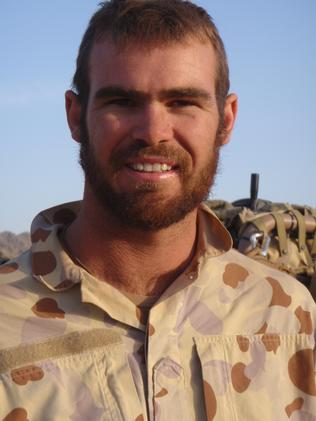
Cameron Baird was born in Burnie, Tasmania, in 1981. He enlisted in the Australian Regular Army in January 2000 and joined the 4th Battalion (Commando), Royal Australian Regiment, which was later re-designated as the 2nd Commando Regiment. Over his career, Baird served on deployments to East Timor and Iraq, and completed four operational tours in Afghanistan. For his exceptional bravery during his second deployment, he was awarded the Medal of Gallantry in 2007.
In 2013, while serving on his fourth tour of Afghanistan, Baird took part in the operation that would posthumously earn him the Victoria Cross. He became the fourth Australian to be awarded the Victoria Cross for Australia during Operation Slipper. The official citation reads, in part:
On 22 June 2013, a Commando Platoon of the Special Operations Task Group, with partners from the Afghan National Security Forces, conducted a helicopter assault into Ghawchak village, Uruzgan province, in order to attack an insurgent network deep within enemy-held territory. Shortly after insertion, Corporal Baird's team was engaged by small arms fire from several enemy positions. Corporal Baird quickly seized the initiative, leading his team to neutralise the positions, killing six enemy combatants and enabling the assault to continue.
Soon afterwards, an adjacent Special Operations Task Group team came under heavy enemy fire, resulting in its commander being seriously wounded. Without hesitation, Corporal Baird led his team to provide support. En route, he and his team were engaged by rifle and machine gun fire from prepared enemy positions. With complete disregard for his own safety, Corporal Baird charged towards the enemy positions, supported by his team. On nearing the positions, he and his team were engaged by additional enemy on their flank. Instinctively, Corporal Baird neutralised the new threat with grenades and rifle fire, enabling his team to close with the prepared position. With the prepared position now isolated, Corporal Baird manoeuvred and was engaged by enemy machine gun fire, the bullets striking the ground around him. Displaying great valour, he drew the fire, moved to cover, and suppressed the enemy machine gun position. This action enabled his team to close on the entrance to the prepared position, thus regaining the initiative.
On three separate occasions Corporal Baird charged an enemy-held building within the prepared compound. On the first occasion he charged the door to the building, followed by another team member. Despite being totally exposed and immediately engaged by enemy fire, Corporal Baird pushed forward while firing into the building. Now in the closest proximity to the enemy, he was forced to withdraw when his rifle ceased to function. On rectifying his rifle stoppage, and reallocating remaining ammunition within his team, Corporal Baird again advanced towards the door of the building, once more under heavy fire. He engaged the enemy through the door but was unable to suppress the position and took cover to reload. For a third time, Corporal Baird selflessly drew enemy fire away from his team and assaulted the doorway. Enemy fire was seen to strike the ground and compound walls around Corporal Baird, before visibility was obscured by dust and smoke. In this third attempt, the enemy was neutralised and the advantage was regained, but Corporal Baird was killed in the effort.
Corporal Baird's acts of valour and self-sacrifice regained the initiative and preserved the lives of his team members. His actions were of the highest order and in keeping with the finest traditions of the Australian Army and the Australian Defence Force.

Last Reviewed 05/2025
